Germany’s DIHK Chambers of Industry and Commerce lowered 2018 growth forecasts significant from 2.2% to 1.8%. German economic growth is expected to slow further to 1.7% in 2019.
DIHK said “companies are noticeably more cautious about their business outlook, we see the biggest deterioration in business expectations in four years”. It added “given the rapid pace of change, for example in global trade policies or digitalization – and the unclear outcome of Brexit, it is becoming more difficult for companies to foresee a clear trend in their business development,”
In the survey titled “the air is getting thinner” business expectations dropped sharply to 11, down from 17. Current situation was unchanged at 25 though.




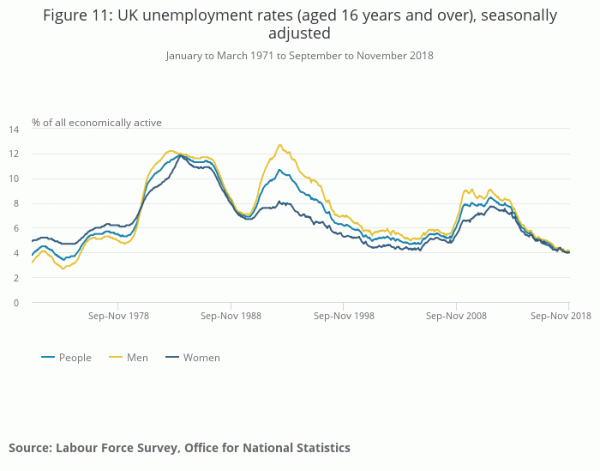

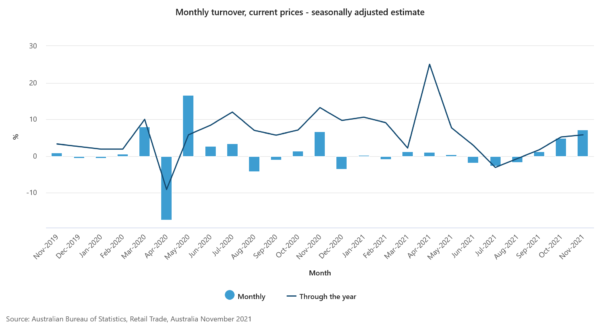
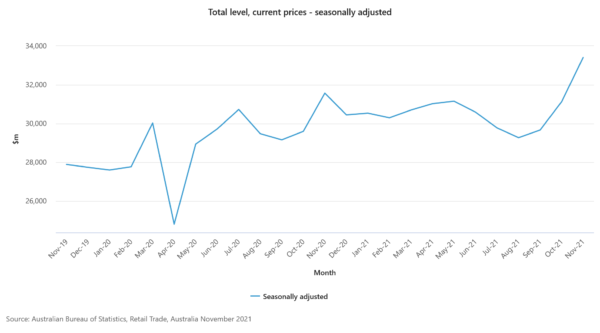
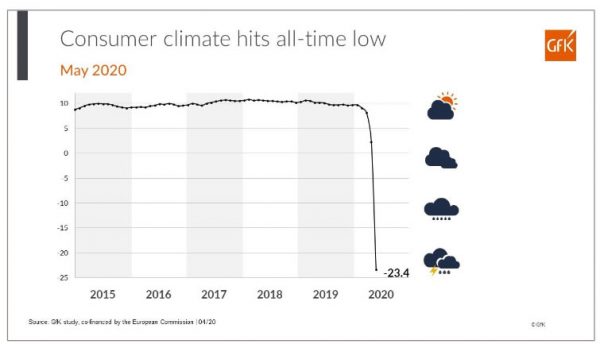


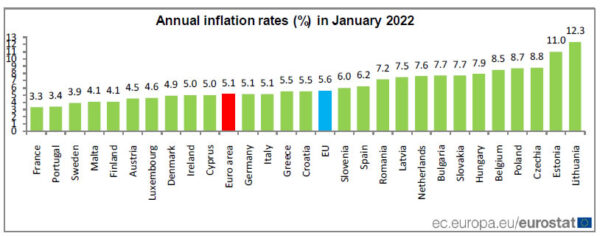

US initial jobless claims dropped to 216k
US initial jobless claims dropped -7k to 216k in the week ending January 25, slightly better than expectation of 218k. Four-week moving average of initial claims dropped -1.75k to 214.5k.
Continuing claims dropped -44k to 1.703m in the week ending January 18. Four-week moving average of continuing claims dropped -6.25k to 1.756m.
Full release here.